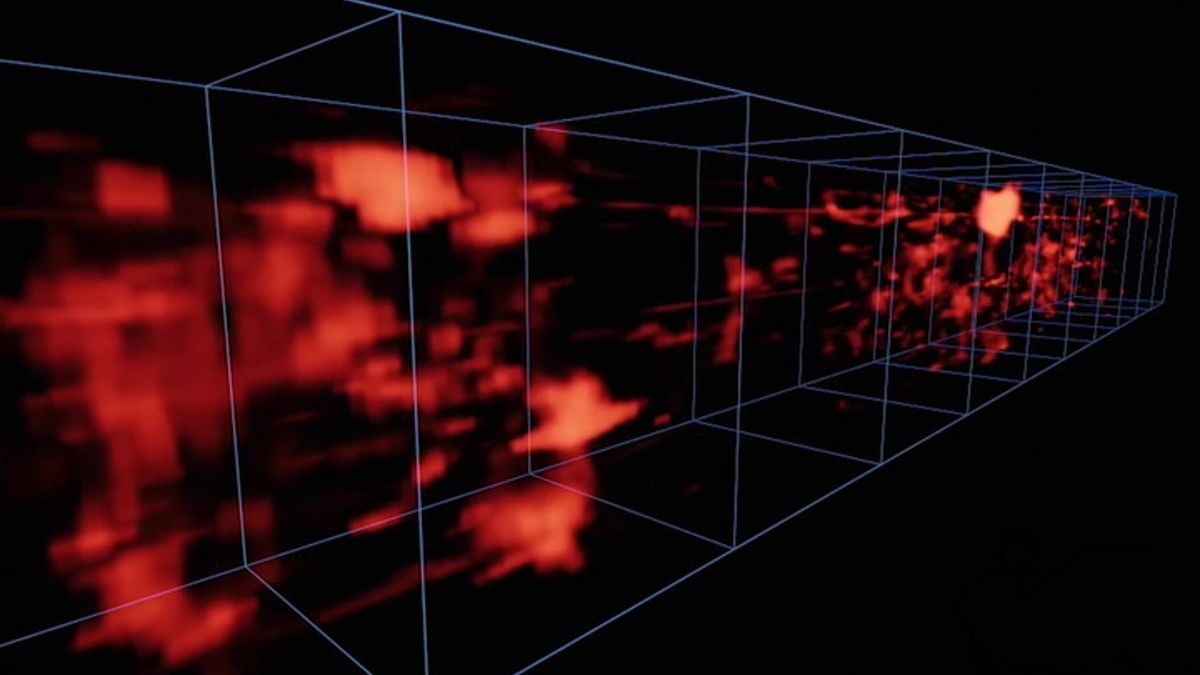Astronomers announced on Thursday (Sept. 28) that they had for the first time captured the faint glow of the largest structure in the universe known as the "cosmic web," a network of filaments that connect galaxies across the universe.
Images such as these unveil valuable information about how galaxies form and evolve, and can also help trace the location of elusive dark matter that makes up around 80% of the mass in the universe.
According to cosmological simulations, over 60% of the hydrogen that was created by the Big Bang roughly 13.8 billion years ago collapsed to form a sheet, which then broke apart to make the web of cosmic filaments we see today.
These filaments connect galaxies and feed them gas for growth and star formation.
Although circumstantial, previous research has also suggested that galaxies form where these threads cross paths.
Source
Images such as these unveil valuable information about how galaxies form and evolve, and can also help trace the location of elusive dark matter that makes up around 80% of the mass in the universe.
According to cosmological simulations, over 60% of the hydrogen that was created by the Big Bang roughly 13.8 billion years ago collapsed to form a sheet, which then broke apart to make the web of cosmic filaments we see today.
These filaments connect galaxies and feed them gas for growth and star formation.
Although circumstantial, previous research has also suggested that galaxies form where these threads cross paths.
Source






















